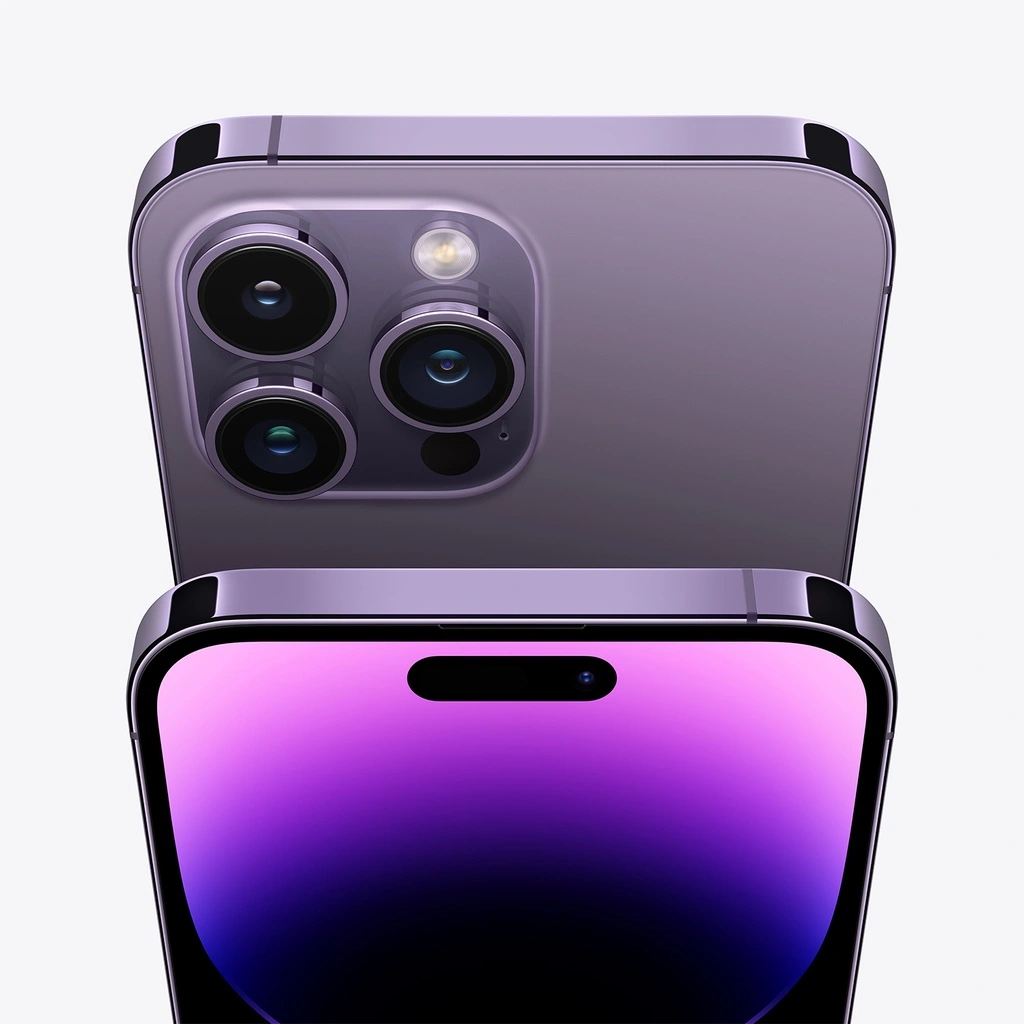In the oil and gas industry, produced water management is a critical aspect of operations. Produced water, a byproduct of oil and gas extraction, often contains various contaminants such as oil, grease, and suspended solids. Effective treatment of this water is essential to meet environmental regulations and reduce operational costs. One of the most efficient technologies used for this purpose is the Corrugated Plate Interceptor (CPI).
The CPI system is widely recognized for its ability to separate oil and solids from produced water treatment efficiently. This article delves into the intricacies of CPI technology, explaining how it works, its advantages, and why it is considered a vital component in produced water treatment processes.
What is Produced Water?
Produced water is the term used for the water that is brought to the surface during oil and gas production. It is the largest byproduct in the oil and gas industry, often containing a complex mixture of hydrocarbons, salts, metals, and various other organic and inorganic materials. The composition of produced water can vary significantly depending on the location and the type of hydrocarbons being extracted.
Proper treatment of produced water is essential before it can be discharged into the environment or reused in various industrial processes. The goal is to remove as much oil, grease, and suspended solids as possible. This is where the Corrugated Plate Interceptor (CPI) comes into play.
Understanding the Corrugated Plate Interceptor (CPI)
The Corrugated Plate Interceptor (CPI) is a type of gravity separator designed to remove oil and suspended solids from produced water. It consists of a series of corrugated plates arranged in a parallel configuration within a tank. These plates create a laminar flow, encouraging the separation of oil and solids from the water.
Read more also :Boost Your Online Business Visibility with doLink Biolink
How CPI Works
The CPI operates on the principle of gravity separation. As produced water flows through the CPI unit, the corrugated plates create multiple flow paths, allowing oil droplets and solid particles to coalesce and rise to the surface or settle at the bottom. The separated oil is then collected and removed, while the clean water flows out of the unit.
Key components of a CPI unit include:
- Inlet Chamber: The produced water enters the unit here, and the flow is evenly distributed across the plates.
- Corrugated Plates: These plates enhance the separation process by creating a large surface area for the oil droplets to coalesce.
- Outlet Chamber: Cleaned water exits the unit from here, often ready for further treatment or discharge.
Advantages of CPI Technology
- Efficiency: CPI units are highly effective at removing oil and suspended solids from produced water, achieving separation efficiency of up to 95%.
- Compact Design: CPI systems have a compact footprint, making them suitable for offshore platforms and other space-constrained environments.
- Low Maintenance: With no moving parts, CPI units require minimal maintenance, reducing downtime and operational costs.
- Scalability: CPI systems can be easily scaled to handle varying flow rates, making them versatile for different operational needs.
Applications of CPI in Produced Water Treatment
CPI technology is predominantly used in the oil and gas industry, but its applications extend to other sectors as well. Some common uses include:
Offshore Platforms: CPI units are widely used on offshore oil platforms where space is limited. Their compact design and high efficiency make them ideal for treating produced water in such environments.
Onshore Facilities: In onshore oil and gas facilities, CPI units are often used as part of a multi-stage treatment process, ensuring that produced water meets environmental discharge standards.
Industrial Wastewater Treatment: Beyond oil and gas, CPI technology is also used in other industries where oily wastewater is a concern, such as in chemical manufacturing and metal processing.
Design Considerations for CPI Systems
The design of a CPI system is critical to its performance. Several factors need to be considered to ensure optimal operation:
Flow Rate: The flow rate of the produced water determines the size and capacity of the CPI unit. Engineers must design the system to handle peak flow rates without compromising separation efficiency.
Plate Spacing and Angle: The spacing and angle of the corrugated plates play a significant role in the separation process. Proper design ensures that the water flows smoothly while maximizing the coalescence of oil droplets.
Material Selection: The materials used in the construction of the CPI unit must be compatible with the produced water's chemical composition. Corrosion-resistant materials are often preferred to enhance the unit's lifespan.
Maintenance Access: While CPI units are low-maintenance, easy access for inspection and cleaning is essential to ensure long-term reliability.
Challenges and Limitations of CPI Technology
While CPI technology offers many advantages, it is not without its challenges:
Handling High Solids Content: CPI units are less effective in treating produced water with high solids content. In such cases, additional pre-treatment may be required to reduce the solids load.
Temperature and Viscosity: The efficiency of CPI units can be affected by the temperature and viscosity of the produced water. Higher temperatures can reduce the viscosity of oil, making separation more difficult.
Oil Droplet Size: The CPI is most effective at separating larger oil droplets. If the produced water contains very fine oil droplets, additional treatment methods such as flotation or filtration may be necessary.
Case Study: CPI Implementation in Offshore Operations
To illustrate the effectiveness of CPI technology, let's examine a case study of its implementation on an offshore oil platform.
Background An offshore platform in the North Sea was facing challenges with produced water treatment due to space constraints and strict environmental regulations. The existing treatment system was unable to meet the required oil discharge limits, leading to frequent shutdowns and penalties.
Solution The platform's engineering team decided to implement a CPI system as part of a broader produced water treatment upgrade. The CPI unit was designed to handle the platform's peak flow rates while maintaining a small footprint.
Results After the installation of the CPI unit, the platform saw a significant improvement in produced water quality. Oil content in the treated water was reduced by over 90%, allowing the platform to meet discharge regulations consistently. The compact design of the CPI unit also freed up valuable space on the platform, which was used to improve other operational processes.
Future Trends in Produced Water Treatment
As environmental regulations become more stringent, the oil and gas industry is continuously seeking new ways to improve produced water treatment. Several trends are emerging in this field:
Integration with Advanced Treatment Technologies: CPI units are increasingly being integrated with other treatment technologies such as membrane filtration and biological treatment to achieve even higher levels of water purification.
Automation and Remote Monitoring: The use of automation and remote monitoring systems is on the rise, allowing operators to optimize CPI performance in real-time and respond quickly to any issues.
Focus on Water Reuse: With water scarcity becoming a global concern, there is a growing emphasis on reusing treated produced water for industrial processes or even irrigation, reducing the overall environmental impact.
The Corrugated Plate Interceptor (CPI) is a powerful tool in the treatment of produced water, offering high efficiency, low maintenance, and a compact design. While it does have some limitations, its advantages make it a valuable asset in the oil and gas industry and beyond. As technology continues to evolve, CPI systems will likely play an even more significant role in sustainable water management practices.
Understanding how CPI works and its proper implementation can lead to significant operational improvements, cost savings, and compliance with environmental standards. For industries dealing with produced water, the adoption of CPI technology represents a step forward in responsible water management and environmental stewardship.

 1 year ago
1 year ago








 English (US) ·
English (US) ·  Indonesian (ID) ·
Indonesian (ID) ·